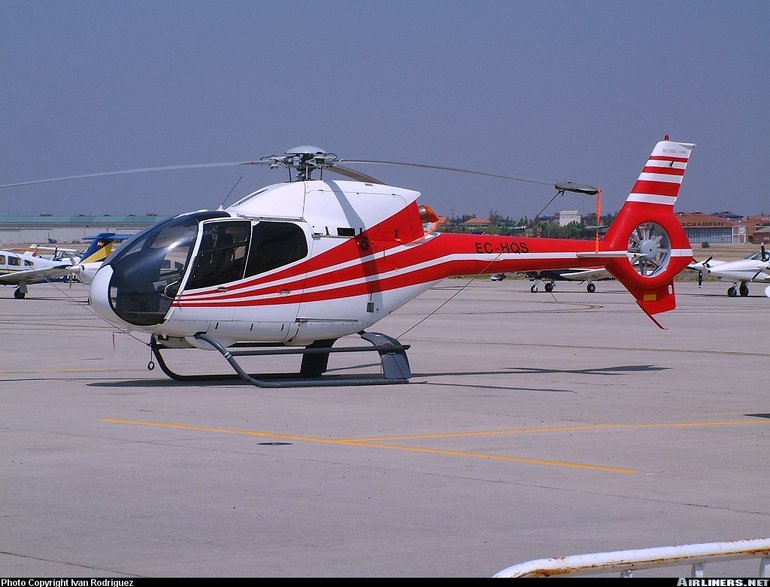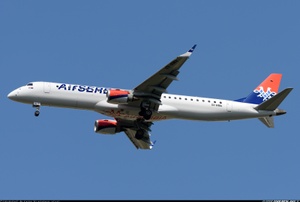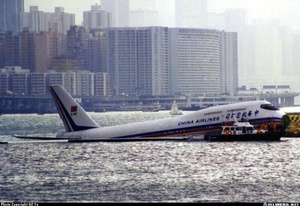Eurocopter EC-120 Colibri
Details
Country of Origin
France, Germany, China and Singapore
Type
Five place light utility helicopter
History
Eurocopter's solution to develop a new light helicopter lay in forming a partnership with CATIC (Harbin) of China and Singapore Technologies Aerospace of Singapore.
Eurocopter (then Aerospatiale), CATIC and STA launched definition development of a new light helicopter, then designated P-120L, in February 1990. The teaming arrangements for the helicopter saw Aerospatiale/Eurocopter take a 61% program share and leadership, CATIC with 24% and STAe with 15%. A development goahead contract for the new aircraft was signed in October 1992 (by which time Aerospatiale's helicopter activities had been merged into Eurocopter) and the EC-120 designation was announced in January 1993 (the Colibri [Hummingbird in English] name came later). Design definition was completed in mid 1993.
Within the Eurocopter/CATIC/STAe partnership, Eurocopter is responsible for the design and manufacture of the rotor system and transmission, final assembly (at Marignane in France), flight testing and certification. CATIC builds the EC-120's fuselage, landing gear and fuel system, while STAe's areas of responsibility covers the tailboom, fin and doors.
Notable Colibri design features include a three blade main rotor with a Spheriflex hub integrated with the driveshaft and transmission, composite main and tail rotor blades and skid landing gear, a metal construction fuselage and a new eight blade Fenestron shrouded tail rotor. The Turboméca TM-319 Arrius 1F turboshaft was selected to power at least the first 300 Colibris. The Colibri's cabin features standard seating for five including the pilot.
The first of two EC-120 prototypes first flew on June 9 1995 from Eurocopter France's Marignane facility. French DGAC certification was awarded in June 1997, while the first production Colibri first flew in December that year.
Powerplants
One 376kW (504shp) Turboméca TM-319 Arrius 2F turboshaft driving a three blade main rotor and eight blade Fenestron shrouded tail rotor.
Performance
Max cruising speed 232km/h (125kt). Initial rate of climb 1425ft/min. Service ceiling 19,800ft. Range with no reserves 748km (404nm). Endurance at 120km/h (65kt) 4hr 12min.
Weights
Empty 895kg (1973lb), max takeoff 1680kg (3704lb), max takeoff with a sling load 1770kg (3902lb).
Dimensions
Main rotor diameter 10.00m (32ft 9in), length overall rotors turning 11.52m (37ft 10in), fuselage length 9.60m (31ft 6in), height 3.40m (11ft 2in). Main rotor disc area 78.6m2 (845.4sq ft).
Capacity
Typical seating for five, with pilot and passenger side by side with three passengers on rear bench seat. Could be configured for special missions roles. Max sling load 700kg (1543lb).
Production
First Colibri delivery (to Japan) in January 1998. At late 1998 more than 100 Colibris had been ordered and the production rate had increased from four to six per month. Eurocopter anticipated a market over the subsequent decade for 1600.
Related Links
Eurocopter EC-120 Colibri
The backbone of this section is from the The
International Directory of Civil Aircraft by Gerard Frawley
and used with permission. To get your own copy of the book
click here.



















